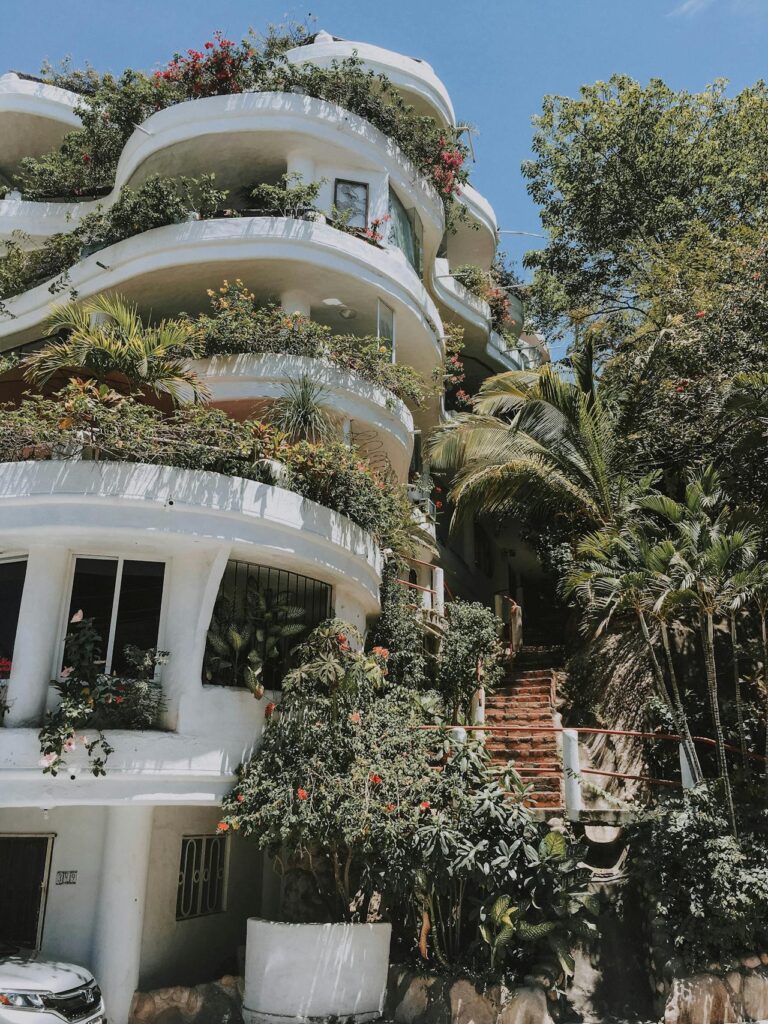There is more to property investment than hoping for cash flow in the short term and appreciation in the long term. Property investors can add value to property investments, which in turn increases the return on investment and the equity in your assets. This is possible for properties that have not reached their full potential yet. By carrying out an active strategy to exploit the remaining value available, investors generate above-market returns for the property.
We cover the following headings to help property owners add value to property:
- How to add value to commercial property
- How to add value to residential property
- What’s your exit strategy?
- How to choose the best value-added strategy
These strategies are active projects that will take time and elements of risk to complete. Although, if done well, the strategies will generate increases in your asset values.
WHAT STRATEGIES ARE THERE TO ADD VALUE TO PROPERTY?
Value adding strategies largely involve improving the physical or financial performance of properties.
Development involves building new properties or renovating existing ones to elevate valuations and meet the demand of a specific market. Done well, this can be a very lucrative option, although it involves higher risks and capital expenditure.
Changing the use: this involves modifications to the use rights of a building or design to attract a different or higher-paying tenant profile.
Leasing: this strategy requires finding or retaining tenants on favourable lease terms that generate added value to your investment.
Asset management involves optimising the operational efficiency and profitability of the property.
All of these strategies come with both benefits and drawbacks to consider before implementing them.
HOW TO ADD VALUE TO COMMERCIAL PROPERTY?
When establishing the capital value of commercial real estate, it depends on the capitalization of the rent the property achieves. The capitalization rate is based on a comparable market yield from other investment sales within the area. Commercial property has a variety of subcategories, such as offices, retail, industrial, and multi-unit residential apartments. All of which have varying yields and therefore different capitalization rates to be applied to the rent.
The main ways to increase value are as follows:
Add value to property through new lettings & lease renewals
The tail end of a lease agreement presents more risk for investors as the length of the contracted rent is low. The higher the risk an asset provides, the higher the yield will be for the property. Therefore, a lower multiple will be assigned to the rent, resulting in a lower capital value.
By conducting a renewal or new letting, it substantially reduces the risk of an investment. There is a longer period with guaranteed rent, which reduces the risk and hence the yield. Therefore, the capital value will increase as the multiple of the rent will be higher.
Rental increases enhance capital values
With new lettings, renewals, and rent reviews, you have an opportunity to raise the rent that a building is generating. As mentioned, commercial buildings are valued based on the rent and the yield a building dictates. Therefore, by increasing the rent, you also increase the capital value of the property.

For example, if you bought a block of 10 apartments and knew they were under rent by 100 per month. Within a year of ownership, you can review the rents and generate an additional 12,000 a year in rent. If the market yield for such a property is 6%, you will have added 200,000 in value to the property by knowing it was under rented.
Value-add through planning advances
Another way to actively create value is by gaining planning permission, changing the use, or obtaining permitted development rights for the property.
By changing the size, use, quality, or efficiency of the property, you change its value to the market. Furthermore, it generates more demand, enabling higher and/or quicker lease renewals.
Through gaining planning permission or permitted development rights, it gives the opportunity to extend, redevelop, or build a fresh space completely. Examples of this would be transforming grade B/C office space or storage space above retail shops into residential apartments.
HOW TO ADD VALUE TO RESIDENTIAL PROPERTY
Single family homes are valued slightly differently to commercial properties. It’s valued on a price-per-square-foot basis of comparable transactions, instead of a yield and the rent that is being achieved. The single-family home market is driven by owner-occupiers instead of investors.
Rental increases and new lettings have the opposite effect on capital values. This is because the majority of the market wants to buy the vacant property for their own use. If properties have tenants, it affects their ability to occupy as owners, reducing the buyer pool and ultimately the price.
Add value to property through residential refurbishments
Adding value through refurbishing the property is a great way to generate a capital uplift in the property. Using the well-documented BRRRR (Buy, Refurb, Refinance, Rent, Repeat) method is a great way to recycle your money and reduce the amount of capital in each deal. This requires no planning unless the property is listed or in a conservation area.
Obtaining planning advances to add value to property
Achieving full planning or permitted development for extensions to the footprint of the property will also increase the value of the property. Examples of this is going into the roof or extending the ground-floor area.

On some occasions, larger projects are available, such as building a new dwelling next to the original or in the garden. This will be a longer process, although it is likely to provide the biggest upside.
With every development or refurbishment project, ensure you have done the numbers and have a contingency factored in. So, you are generating a profit margin in excess of 25% for such projects because they come with significant risk.
WHAT’S YOUR EXIT STRATEGIES AFTER ADDING VALUE?
You need to begin with the end in mind. Exit strategies are the methods you use to realise the value you have created in your real estate assets. Having multiple exit options for an investment is key to a successful project, as you have options if things don’t go exactly as planned. Some of the most common exit strategies are as follows:
- Dispose of the asset. Thus, realising the total value increase.
- Refinance and passively own the asset. Thus, realising some but likely not all of the value increase.
- Hold as is and passively own without refinancing. Therefore, realising none of the value increases upfront and benefiting from the project at a future date.
HOW TO CHOOSE THE BEST VALUE ADD STRATEGY
When looking to add value to property, choosing the best value creation and exit strategy is important. You need to consider several factors which will include defining the following:
- Your target return
- Risk tolerance
- Holding period
- Market trends
- Financing
- Any pre-existing terms agreed
By evaluating these factors, you can select the right strategy and exit policies for your specific real estate investment. Moreover, maximise your returns, and minimise your risks.



